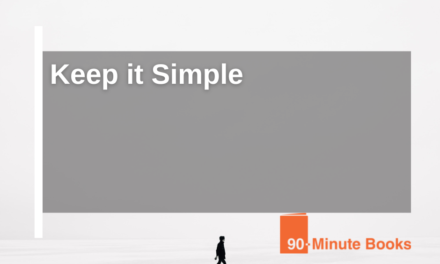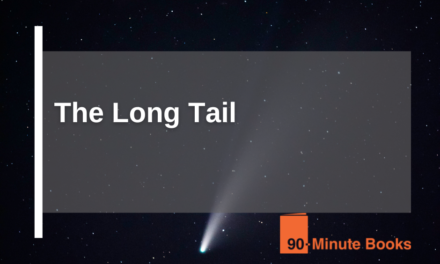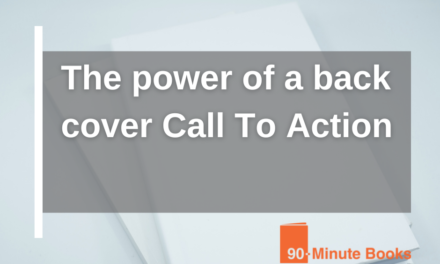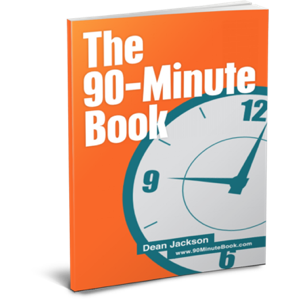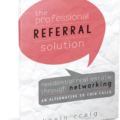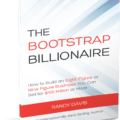Today, we look at mindset 7 and what not to do. The beneficial constraints you can put in place to increase your chance of completing a book. the podcast this post stems from can be found here
At this point in the mindsets, we are past the point of discussing what we are doing, who we are addressing or why we are doing it.
The four stages
For every mindset, there 4 levels that we use to gauge where you are in terms of utilizing the scorecard.
Level one
There are no constraints at the lowest level, level 1; if you are at this stage, you may not have even considered the need for them.
A few jump on board at the lowest level of the spectrum. this is usually due to deficiencies in previous mindsets. you might not have chosen a specific target audience and have yet to decide on a decisive call to action. without a proper start and end position, you can’t even begin to think about restraints. it’s advisable to go back to those mindset factors and start from there.
Level two
At level two, you have begun to focus on a specific problem to answer, but you haven’t defined the scope of the content and, more specifically, what not to include. you’re at a point where you are clear on what you’re doing and the scope of the project, but you are yet to put constraints on it.
Level three
You already have a clear scope and specific deadline at level three.
Level four
The fourth level, which is also the highest level, you are working with clear and concise headlines. You know the purpose of the book, in terms of the specific funnel campaign that you want to use it with, you know what its job of work is, that it’s trying to identify leads within a specific group of people, at a specific time, within a specific funnel.
In Summary
The beneficial constraints mindset, when utilized well, will help you create a well-focused book that will deliver information in a balanced manner.


